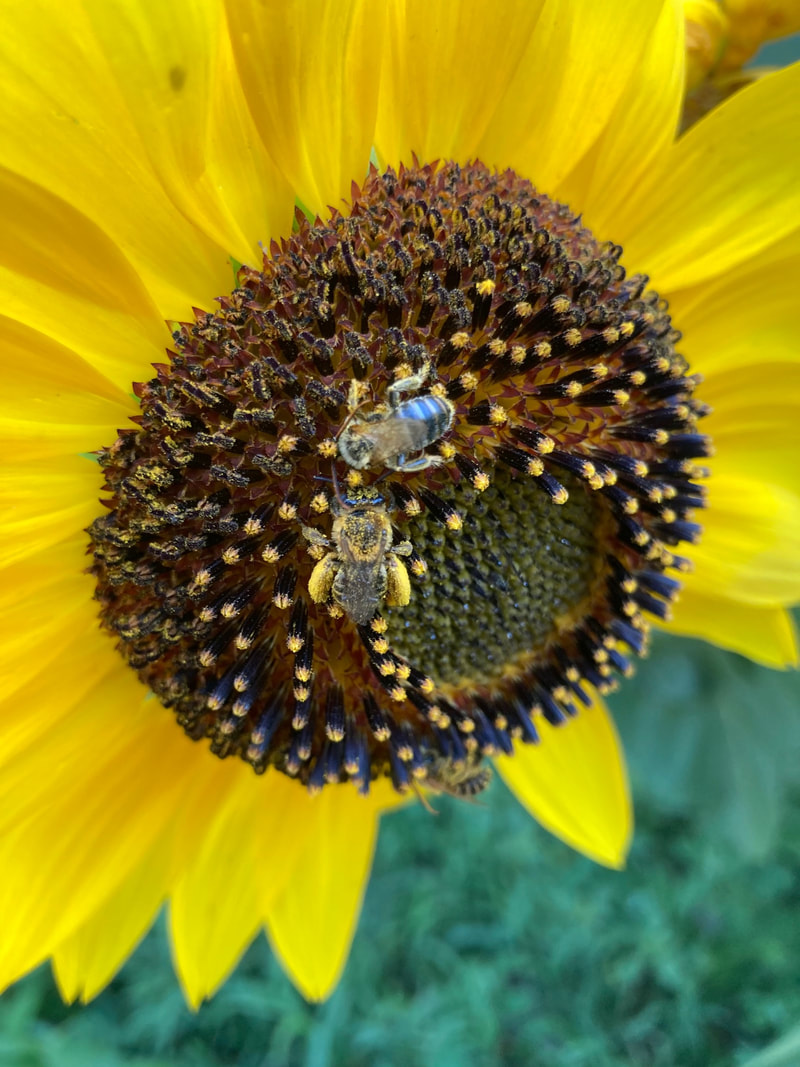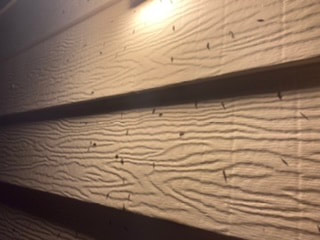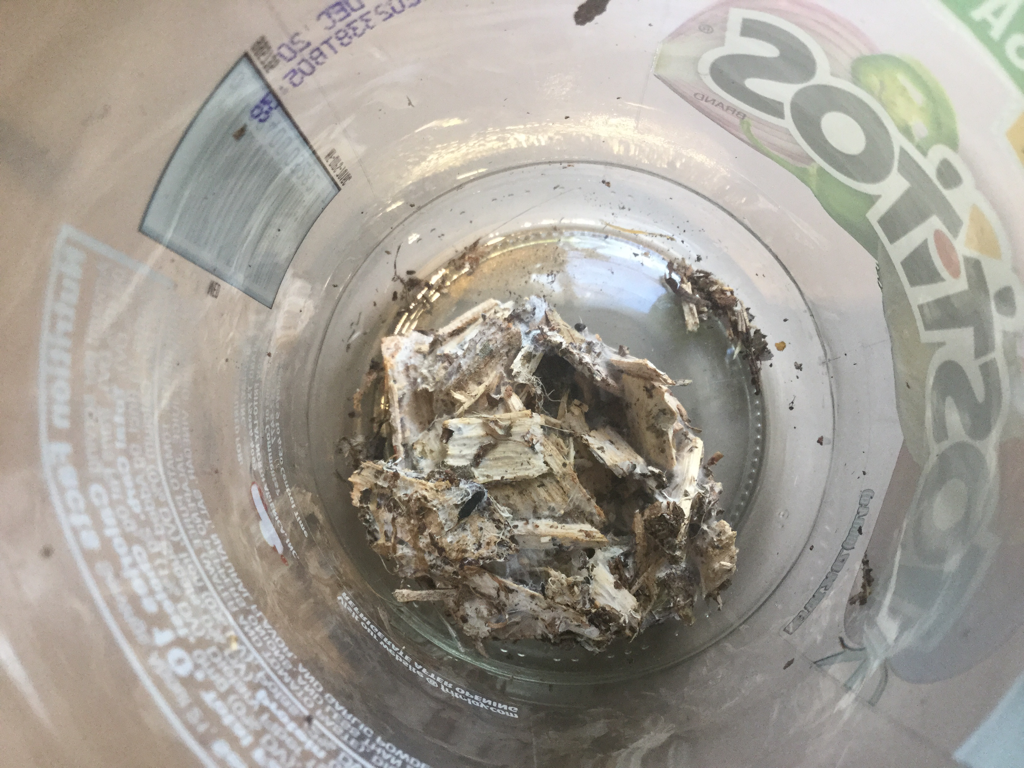|
Including my scintillating commentary on such things as why this is a good year to establish sunflowers and a possible slug deterrent.
1 Comment
By Eliza
Asters and Goldenrod are incredible flowers. Their benefits are myriad and the best part is you probably have them growing wild in your yard. They're very easy to care for, here's how: ignore them. They key to having them in the fall is identifying them in the spring. Click "Read More" to the right below to read more. By: Eliza
When I used to hear people give presentations about the abundance of insect life in their gardens I felt such intense jealousy that I flooded my brain with boredom to stifle it. “So? I could do that. Probably.” Then I would leave the presentation and scheme or putter in the yard, unsure if I would Moths flock to lights left on at night, exhausting themselves to death or falling easy prey to bats. We leave ours off since there are already so many street lights in our neighborhood, but entomologist Doug Tallamy suggests using a motion activated light if you want an outdoor light.
These are the bugs that were drawn to our light this evening while I finished up outside. They had huge antennae and were very cute. I also took a flashlight into the yard just to see what insects were active. It’s pretty interesting to see a whole new cast of characters at night. I was planting sunflowers and nasturtiums by the foundation of the house when a medium-sized bee started snuffling around some holes in the ground. I got nervous that I'd disturbed her home, because 70% of native bees are ground nesters. Two years ago, I had no idea native bees even existed. Turns out there are about 4,000 species native to North America and honey bees are not one of them. Honey bees come from Europe and Africa. Ground-nesting bees tend to like sandy soil, on slopes especially, so if you see perfectly round holes in the soil, that's likely who is living there. Try looking at the ground while you walk around an open area. You'll probably see some bee homes. Oh, and very few of our native bees sting; they're just too small. Bumblebees do, of course, but only if they're forced to. The ground is quite a dangerous place to live nowadays. All insects that live there, including fireflies, are very vulnerable to the pesticides and chemicals we put on the ground. A conventional lawn will have very little insect life. Even in organic yards, they are at risk of being dug up. We've been doing so much yard work that we've unearthed two of these bees that I know of. I also accidentally dug up the larvae of something that was nearly formed but still translucent white. So be careful when you're digging. If you see round holes where you'd like to dig, choose something else to do. I routinely do this, which is sort of inconvenient, but I think it's a necessary mindset shift. I don't need to dig in this one spot more than a creature needs its life. We’ve got invasive jumping worms in our yard. They are voracious eaters who strip the soil of nutrients, therefore damaging surrounding plants. There are a few ways to identify them, mainly from the smooth band near their head and the distinctive way they move. They writhe faster than any other worm, usually in an ‘S’ shape, flipping back and forth. They live on the soil surface, which is another way to identify them. I discovered them in the wood chip pile when it was delivered, but I can’t figure out whether they were here already or somehow came with the wood chips. Either way, they’re here and we’ve got to figure out what to do. Most people say that there’s no way to get rid of them. Picking them out and killing them doesn’t work; they lay huge amounts of eggs so they always replenish themselves. Animals won’t eat them because it’s suspected that they retain metals. When I find them, I put in them in a jar of water to drown, and it takes DAYS. Last year, the manager at Natureworks applied a bunch of biochar to a vegetable bed that had the worms, and by fall there were none. This spring, as I spread biochar on areas where I saw baby jumping worms, I decided to try a controlled environment. The first image is pure biochar. It killed the worm very quickly. The second image is a small amount of biochar mixed with soil, which also killed the worms. Sorry the pictures are gross and sorry the experiment is gruesome, but I had to know. The lingering question I have about biochar is: what effect does it have on other life forms? Maybe other worms live deep enough below the soil surface, but what about the robins who pick at the soil? Also, in a large area, I don’t know whether you need to apply biochar to the whole area or simply the places you see worms. So far I have only done places where I’ve seen the worms. I also noticed that jumping worms were not living in areas with heavy mycelium. (Fungal growth that appears on wood chips). The worms I put in the jar with this mycelium also died, though not as quickly.
One other environment where I witnessed an absence of jumping worms was place I’d smothered with cardboard with wood chips on top in the fall. In one such area I had seen a jumping worm last fall, and I kept expecting to see them in the spring. None so far. I think the cardboard pressed tightly to the ground deters them. I also do not see them in the grass. So it seems that these worms’ favorite environment is open, disturbed soil with some organic matter available, such as leaves, wood chips, or straw. An area smothered heavily with cardboard does not seem to support them. I feel better having discovered a few ways to deter them from a location, though there seems to be no perfect silver bullet. |
Categories
All
Archives
August 2021
|
Proudly powered by Weebly



 RSS Feed
RSS Feed